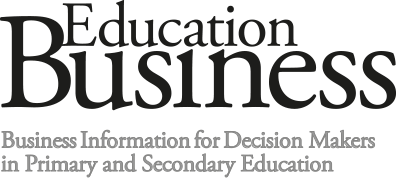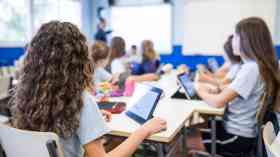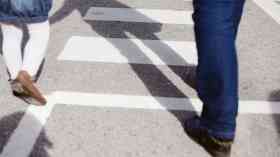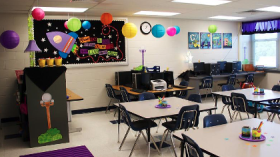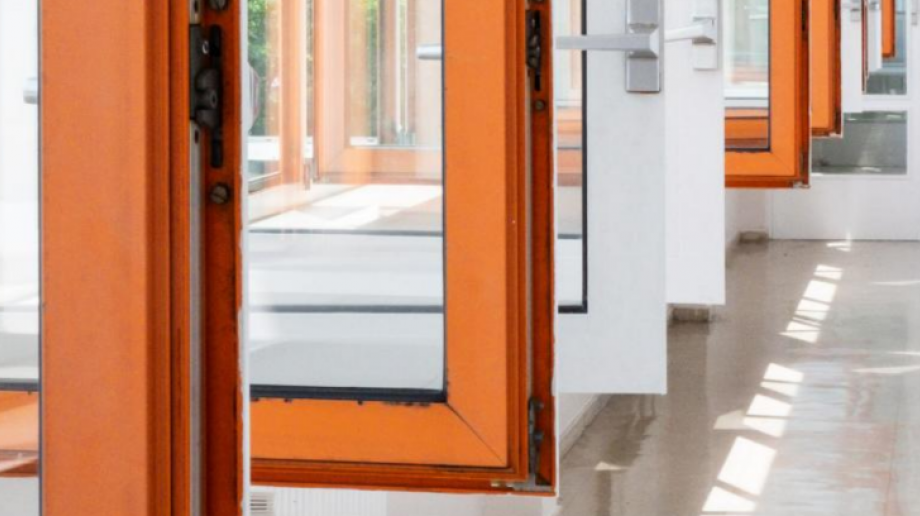
Health and safety during the pandemic
Fiona Riley, Chair of the Institution of Occupational Safety and Health’s Education Group, looks at the changes in health and safety brought about by the Covid-19 pandemic, along with the latest advice on keeping schools virus-free
There has been a significant change in the challenges faced by both schools and pupils while living with Covid-19. Many pupils have suffered bereavement, uncertainty or loss, which could be anything from not being able to see friends and family to a change in household financial circumstances. Those children who have previously had significant interaction with grandparents may be feeling isolated while they’re unable to receive this additional family support. The uncertainty caused by the pandemic has also been difficult for school leaders to deal with.
School leadership teams have had to manage the everyday challenges of providing a safe school, both internally and externally ensuring legal compliance. The Health and Safety Executive (HSE) has been advising schools for some time of the need to manage pedestrian and vehicular movements around their sites. The daily drop-off and pick-up are usually congested. Added to this is the need to manage social distancing, the balance of other road users and stagger collection times, which all add to the risk.
Schools also need to incorporate all new Covid-19 training requirements alongside the normal health and safety training, such as first aid, fire safety and staff inset training.
Keeping workplaces safe
We have seen regular bulletins from the HSE regarding protecting home workers, social distancing in the workplace, risk assessment and being ‘Covid-secure’, managing work-related stress, cleaning and hygiene. These should all form part of a school’s Covid-19 risk assessment. Its latest information includes guidance on how to keep workplaces safe as restrictions are eased, Covid spot checks and inspections, vulnerable workers and the importance of talking to your workers.
Ventilation and air conditioning are an important factor, as adequate ventilation helps reduce the risk from aerosol transmission, and many employees are concerned about this at work. The HSE has made clear that assessing ventilation requirements is a vital part of the Covid-19 workplace risk assessment that must be carried out prior to resuming workplace operations – and risk assessments should be carried out in consultation with workers or their representatives. All of the HSE guidance on ‘Coronavirus (Covid-19): working safely’ can be found here.
Many school staff may themselves be clinically vulnerable and having to try to manage their workload while working remotely. Advice from the Institution of Occupational Safety and Health (IOSH) on adapting to a lone working environment and how to manage remote workers is available here.
Adapting to the current climate
Schools are experienced in managing seasonal outbreaks of infectious illness such as rashes, gastrointestinal and respiratory infections, so tend to be agile and resilient. However, they haven’t had to manage anything on the same scale required by Covid-19.
So, they have had to adapt quickly to changes in guidance, focusing resources on testing and managing the results. They have had to cope with changes brought by the tier system – which saw varying restrictions placed on geographical areas as they moved up and down the tiers – on top of the practicalities of providing a quality education be it in school, remotely or, in most cases, a combination of the two. Pupils and teaching staff have also had to cope with the uncertainty caused when someone has tested positive for the virus, taking them out of the classroom and back to home learning for their period of self-isolation. This has also left some parents frustrated.
Many young people who were receiving support for mental and physical health problems prior to the pandemic may have seen disruption to this support or not been able to access it at all.
We have inevitably seen a decrease in non-Covid-related hospital treatment for non-emergency cases resulting in people having to manage and try to continue working while awaiting surgery to improve mobility and health conditions.
Many children may be living in challenging home environments, which have increased during the pandemic. We have seen disparity in those children able to benefit from private outdoor space and parents able to support their home learning. Many key workers have chosen not to remain in the family home to avoid transferring any risk, which must add to their children’s worries.
We have seen great efforts to ensure children not in school are still able to benefit from support, from eating nutritional meals to assistance with technology to enable them to work remotely. For those pupils attending school, the classroom has been a very different place, with measures introduced to limit social interaction. For many children, school may no longer feel the safe place it once was with the introduction of face coverings, social distancing measures and the inability to interact with their classmates as they previously did.
Reviewing assessments
The Government has very clearly outlined the operational guidance that schools must put in place. The guidance, which includes public health advice endorsed by Public Health England, clearly explains the actions school leaders should take to minimise the risk of transmission of Covid-19 in their school.
Schools should be regularly reviewing and, where necessary, updating their risk assessments. They must ensure there are following the hierarchy of control – the order within which risk control types are prioritised – to minimise the risk of infection. This includes planning for asymptomatic testing, ensuring their emergency plans have contingency arrangements in place for outbreaks or changes in restrictions and how they communicate these processes to parents and carers. Most schools will have had these arrangements in place since the 2020 autumn term but there have been some changes. Schools’ Covid-19 operational guidance can be found here.
Safety measures need to be sensible and proportionate but adequate to manage the risks. Other areas of consideration may include rethinking office layouts and whether certain jobs can be done remotely; and any training or other requirements of new staff members conducting risk assessments.
In addition to the vast amount of Government information, IOSH has produced a comprehensive list to signpost to useful resources. IOSH has also held a number of informative webinars to assist with educating about the risks from Covid-19 and the controls required.
In June 2021, we will see the introduction of ISO 45003 Standard which, although voluntary, clearly signposts what an organisation needs to have in place to improve psychological health, safety and wellbeing. We have seen warnings that the potential legacy of Covid-19 will be an entire generation of people with poor mental health. Hopefully, we will see a greater emphasis on wellbeing for both pupils and staff post-pandemic.
School-specific information, produced by IOSH in collaboration with the World Health Organization, can be accessed here, and the full Covid-19 suite of resources can be viewed here.
Latest News
12/12/2025 - 11:39
The government has announced at least £3 billion to create tens of thousands of new speci
12/12/2025 - 07:07
The findings suggest that children and young people attending schools in the North of England are less likely to take part in and benefit from residential visits.
11/12/2025 - 13:52
Ofqual has launched a 12-week public consultation on its proposed approach to regulating on-screen exams in GCSEs, AS and A levels.
11/12/2025 - 09:49
A report by Ofsted and the Care Quality Commission (CQC) finds that support for children with special educational needs and/or disabilities (SEND) who do not attend school full-time is too inconsistent.
11/12/2025 - 09:37
The easy-to-use web-based tool is designed to help schools estimate how an air filter unit could impact air quality and energy consumption in a classroom.
